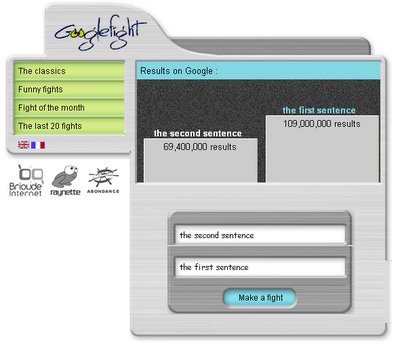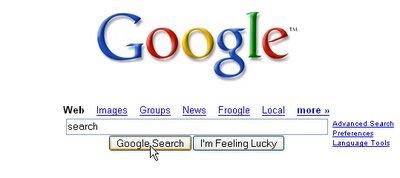Probably, some of the funniest examples of self-reference are self-referential sentences. As their name suggests, these sentences are mere statements about themselves. Examples include:
“This sentence is written in English.”
“This sentence consists of six words.”
“This sentence has two nouns.”
All preceding examples share something in common: They are all true statements. This is no necessity, however. Some sentence may refer to itself in a way that causes a fallacy. Examples include the well known Liar’s Paradox:
“This sentence is false.”,
the Lying Linguist’s Paradox:
“This is not a sentence.”,
the Philosopher’s Paradox:
“This sentence does not exist.”
and the Solipsist’s Paradox:
“This sentence is meaningless, since nobody will read it.”
Again, all preceding examples have a similarity. The meaning they carry applies to themselves as a whole (this may sound too obvious). This is not always the case, however. Some sentences may only refer to parts of themselves. For example, consider the examples:
The sentence
“I am totally confused.”
contains four words.
The sentence
“She loved the music the band played.”
has three verbs.
Such sentences’ meaning only focuses into a fraction of them, that is, the part between the quotation marks. The first sentence is true because “I am totally confused” really contains four words, and the second sentence is false because “She loved the music the band played” has two verbs, not three.
...to make things even more complicated...
In the preceding examples, nested sentences are treated as plain word strings. Their meaning, let alone its validity, is of no importance. (Actually, in those very examples, one cannot assume the truth value of the nested sentences, because there is insufficient data.) But this is not always the case. Consider the sentence:
The sentence
“The entire sentence contains eleven words.”
contains six words.
What have we got in here? The entire sentence speaks about a part of itself (the part between the quotation marks), but we are not done yet! That very part of the sentence speaks about the entire sentence, into which it is contained!
...and as if things weren’t already complicated enough...
Let’s take it one step further. Consider the sentence:
The sentence:
‘The sentence:
“The entire sentence contains sixteen words.”
contains six words.’
contains eleven words.
Or, let’s break one more barrier, and consider:
The pair of sentences
“The next quoted sentence contains seven words.”
and
“The entire sentence contains twenty-five words.”
contain the same number of words.
There seems to be no limit to how complicated statements can be. And we’ve really just scratched the surface of self-reference. All preceding statements share something in common. They all end with a period. In other words, they are declarative, not interrogative, which means that they can acquire a truth value. Let's cite some counterexamples:
“Is this sentence referring to itself?”
“Will anyone read this sentence?”
But not all sentences ending in “?” are interrogative, really. Consider this:
“This sentence, although not interrogative, nevertheless ends in a question mark?”
Sounded more like a joke to you? Well, how about this:
“This question has a question tag, hasn’t it?”
From a strict point of view, this is a question, just because it happens to have a question mark at the end, but on a wider sense, it’s not a question, because it is not asking something, it merely suggests something. This sentence is not asking for an evaluation but for an affirmation.
Again, there is something common between all preceding examples. That was the way sentences referred to themselves. All of them had that "This sentence..." part. But we can get rid of that, the Quine method:
"Is a quoted phrase" is a quoted phrase.
"Has no meaning" has no meaning.
"Can't be in German" can't be in German.
More mind-boggling occurrences of self-reference in posts to come... Meanwhile, check out
this.
Tero


